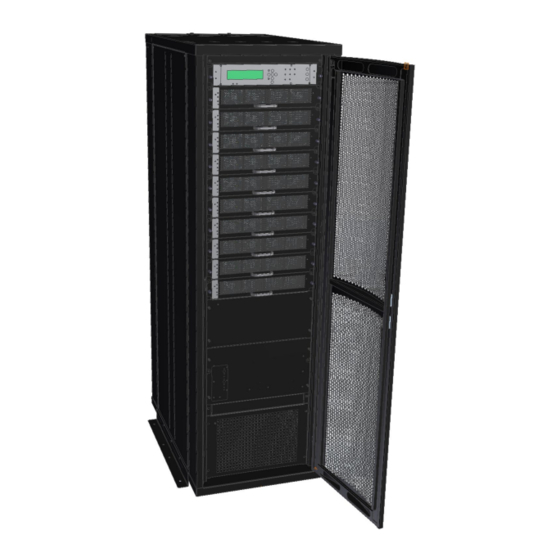
Gamatronic PowerPlus RM 100 Manuals
Manuals and User Guides for Gamatronic PowerPlus RM 100. We have 1 Gamatronic PowerPlus RM 100 manual available for free PDF download: User Manual
Gamatronic PowerPlus RM 100 User Manual (183 pages)
UPS SYSTEM
3X208 VAC, 10 KVA TO 100 KVA
Brand: Gamatronic
|
Category: UPS
|
Size: 6 MB
Table of Contents
-
-
4 Battery
22 -
-
-
7.1 Cabling39
-
Fuses53
-
Dry Contacts57
-
-
7.14 Testing70
-
-
-
-
-
-
-
-
-
Setting the Time126
-
-
Setting Upss130
-
-
-
Alarms Status147
-
-
-
11.2 Main Screen152
-
-
13 Snmp Agent
170 -
-
-
G-Eye176
-
-
Advertisement
Advertisement
